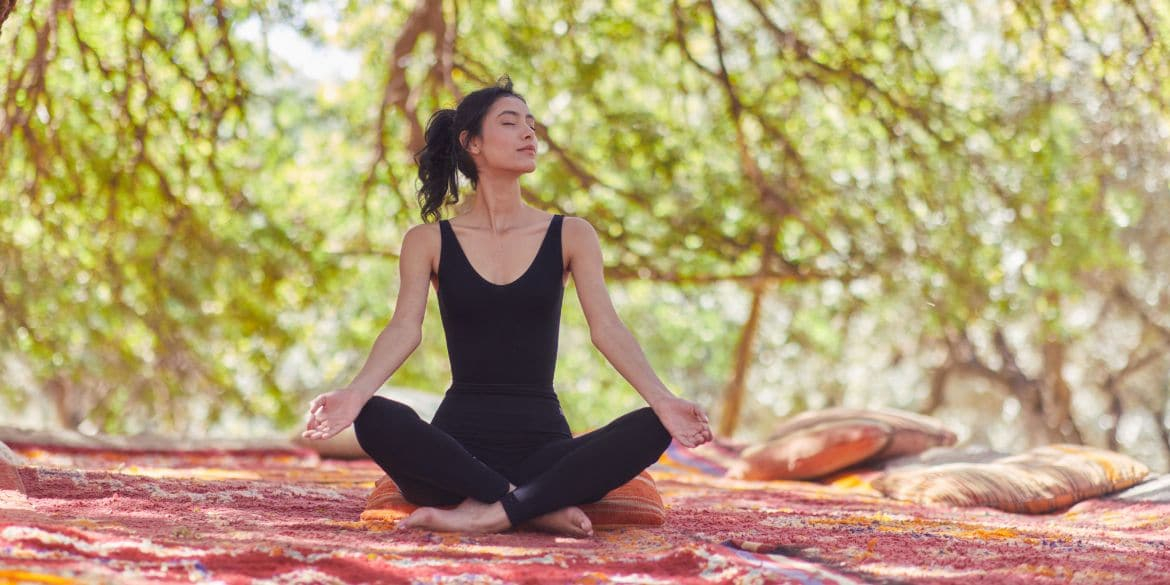The History of Yoga
Yoga’s origin can be traced back more than 5,000 years ago in the present-day India, stemming from the spiritual practices of the ancient indus valley civilization. Ancient archaeological findings, such as the pashupati seal showcasing a person in a meditative position, indicate that yoga-like practices may have originated as early as 2600 bce. These ancient remnants suggest a spiritual practice that sought to harmonize the body and mind, predating the existence of the term ‘yoga’.
Pre-vedic roots and early practices.
The origins of yoga can be traced back to the pre-vedic era, even before written records were kept. Artifacts discovered in the Indus Valley, such as seals depicting individuals in cross-legged meditative positions, suggest a society that placed importance on introspection and physical training. These practices likely merged with local customs, establishing the spiritual basis for yoga.
Yoga in the Vedas and Upanishads.
By the time the Rigveda, one of the oldest sacred texts, was composed around 1500 BCE, yoga-like practices were already being referred to as meditative disciplines. The upanishads (800–500 bce) further developed these ideas, introducing concepts like meditation and the pursuit of self-realization. These texts portrayed yoga as a means to establish a connection between the individual soul (atman) and the universal consciousness (brahman).
The classical era: patanjali and the yoga sutras.
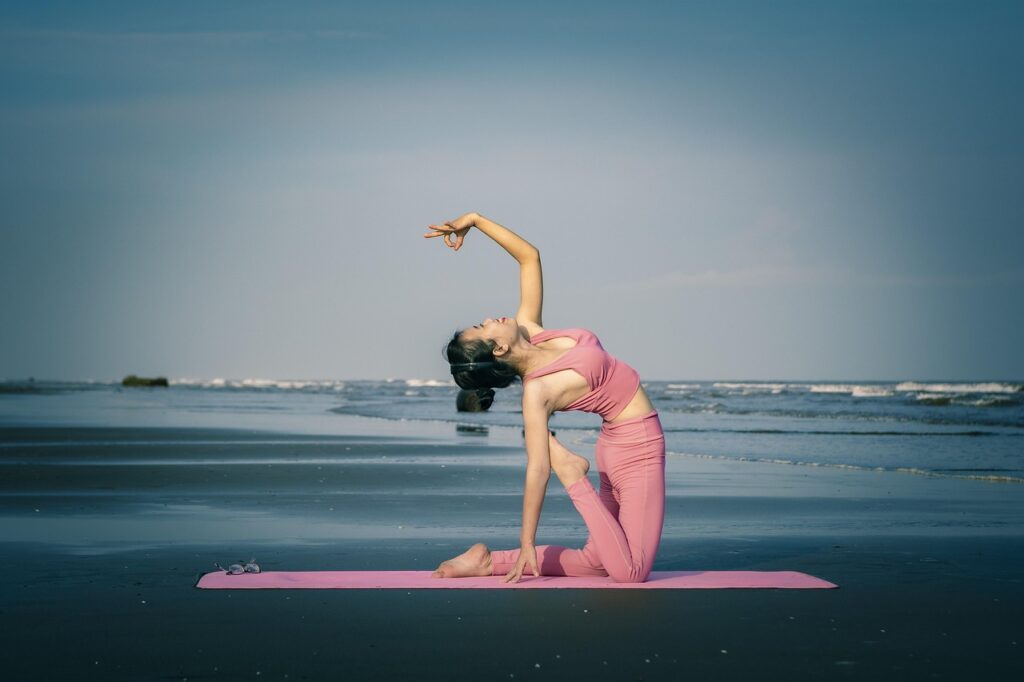
In the 2nd century BCE, yoga experienced a major advancement with the yoga sutras of Patanjali, which are widely regarded as the foundation of classical yoga. This compilation of 196 aphorisms presented the eightfold path (ashtanga), a systematic method for attaining spiritual freedom. Patanjali’s contributions to yoga provided a philosophical foundation that continues to shape the practice and its teachings in the present day.
Who was patanjali?.
Patanjali, commonly regarded as the ‘father of modern yoga,’ wasn’t the originator of yoga but rather its masterful systematizer. His yoga teachings combined various existing practices into a comprehensive philosophy, focusing on ethical living, physical postures, and meditation. His teachings continue to influence practitioners, ranging from beginners to experienced yogis.
The eight limbs of yoga are:
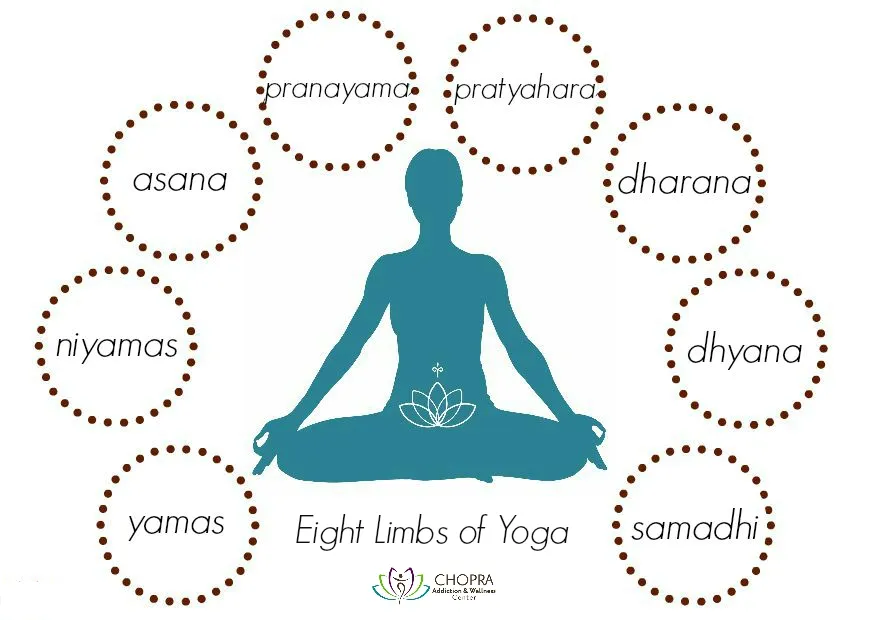
Patanjali’s ashtanga system serves as a guide for leading a purposeful existence. This is a brief overview:
Yamas: ethical principles (e.g., non-violence, honesty).
Niyamas: personal observances (e.g., contentment, self-study).
Yoga: poses for power and suppleness.
Pranayama: breath control for energy regulation.
Pratyahara: detachment of senses to concentrate inward.
Dharana: focus to get ready for meditation.
Dhyana: meditation for mental clarity.
Samadhi: state of blissful union with the divine.
This systematic approach made yoga accessible, combining physical exercise with personal development.
The development of Yoga during the post-classical era.
As time progressed, yoga evolved. The post-classical era (500–1500 ce) witnessed the emergence of tantra and hatha yoga, which focused on physical exercises to awaken spiritual energy. These practices redirected yoga’s emphasis from solely meditative practices to incorporating the body as a means of attaining enlightenment.
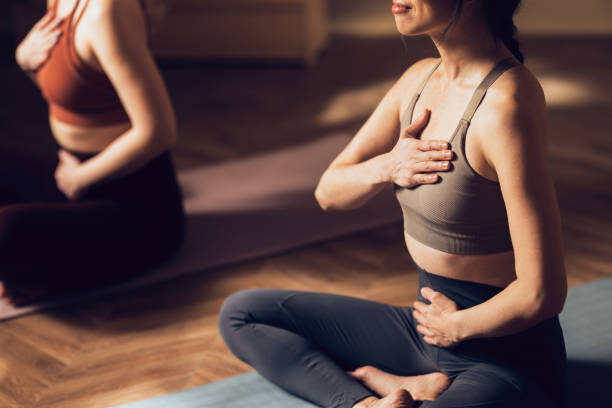
Tantra and the ascent of the kundalini.
Around the 10th century ce, Tantra introduced the idea of kundalini, a dormant spiritual energy located at the base of the spine. Tantric practices, often misunderstood in the west, employed breathwork, mantras, and rituals to awaken this energy, with the goal of achieving profound spiritual experiences.
Hatha yoga: the physical route.
Hatha yoga, which emerged between the 10th and 12th centuries, emphasized physical postures (asanas) and breath control (pranayama). Texts such as the hatha yoga pradipika provided instructions on how to cleanse the body and mind, making yoga more approachable for individuals without formal training. This established the groundwork for numerous contemporary yoga styles.
Yoga’s journey to the west.
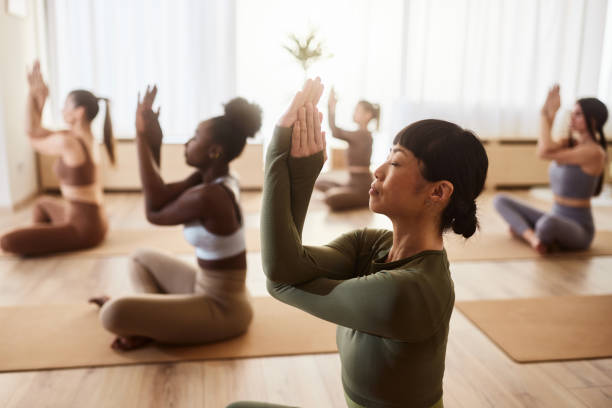
Yoga, which was primarily an Indian tradition, gained worldwide recognition in the 19th century. The introduction of yoga to the west was a significant turning point, initiated by visionaries who successfully merged eastern philosophy with western curiosity.
Swami vivekananda’s influence.
In 1893, swami vivekananda brought yoga to the western world at the world parliament of religions in Chicago. His captivating lectures on vedanta and yoga philosophy enthralled audiences, portraying yoga as a universal practice for spiritual development. This moment signified yoga’s significant entry into the international arena.
The 1900s: yoga becomes popular.
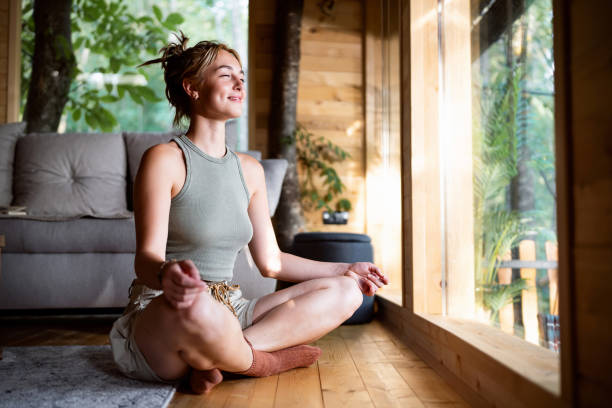
In the early 1900s, Indian yoga teachers such as Tirumalai Krishnamacharya and Swami Sivananda gained popularity in the western world, introducing yoga to a new audience. Krishnamacharya, often called the ‘father of modern yoga,’ trained influential students like b.K.S. Iyengar and pattabhi jois, who developed iyengar and ashtanga yoga, respectively. By the mid-20th century, yoga had evolved from an esoteric practice to a popular trend in fitness and wellness.
Yoga’s Global Reach: A Contemporary Trend
In the present day, yoga has become a thriving multi-billion-dollar industry, embraced by countless individuals across the globe. From state-of-the-art studios in New York to virtual classes on platforms like YouTube, yoga has seamlessly integrated into contemporary lifestyles while upholding its fundamental principles.
Types of Yoga: A Contrast.
Contemporary yoga encompasses a range of styles, each designed to meet the diverse requirements of practitioners. Here’s a comparison of some popular ones:
Tone:
Concentration:
Best for.
Strength:
Yoga:
Balance of breath and movement.
Beginners, tranquility.
Low-moderate:
Ashtanga is a form of yoga that focuses on physical and mental endurance.
Dynamic, organized patterns.
Advanced practitioners.
High:
Vinyasa is a type of yoga that involves flowing from one pose to another in a sequence, usually accompanied by the breath.
Fluid motions with respiration.
Those who take pleasure in continuous training.
Moderate-high:
Iyengar:
Accuracy and correspondence.
Rehabilitation, meticulous.
Low-moderate:
Bikram:
Hot yoga with fixed sequence.
Detoxify, Perseverance.
High:
Each style provides distinct advantages, so selecting one depends on your objectives—whether it’s adaptability, power, or tranquility.

The increase of virtual yoga.
The digital era has revolutionized the accessibility of yoga. Platforms such as yoga with adriene and apps like glo provide classes for all skill levels, making it convenient to practice yoga from the comfort of your own home. A study conducted in 2025 revealed that online yoga holds a substantial share of the industry, accounting for 21% of search engine visibility. However, there is still potential for growth in search engine optimization (seo) strategies.
The scientific evidence supports the health advantages of yoga.
Study demonstrates that yoga has beneficial effects on well-being. Research indicates that engaging in regular exercise can alleviate stress, boost cardiovascular health, and promote mental well-being. For instance, a study conducted in 2014 demonstrated that yoga can aid in weight management for obese adults, while a meta-analysis published in 2015 emphasized its positive impact on cognitive function in older adults.
Pros and cons of regular yoga practice.
Cons::
Improves suppleness and power.
Meditation can lower stress and anxiety levels.
Enhances alignment and stability.
Suitable for people of all ages and physical capabilities.
Pros::
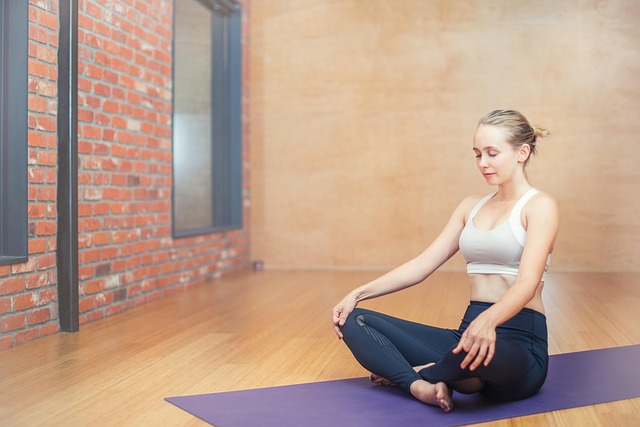
Potential for harm if executed improperly.
Allocating sufficient time for regular practice is essential for achieving consistent results.
Some techniques may appear daunting for novices.
Cultural significance and global impact.
Yoga’s evolution from its origins in ancient India to its widespread presence in global studios showcases its ability to adapt. International Yoga Day is celebrated annually on June 21st, established by the United Nations, with events such as mass yoga sessions held in Times Square. However, the commercialization of the practice has ignited discussions about cultural appropriation, prompting practitioners to respect its origins.
A personal reflection.
I recall my initial yoga session—anxious and uncertain, struggling to perform downward dog, feeling as if I were a twisted pretzel with no chance of unraveling. However, as I persisted with it, I discovered not only physical flexibility but also mental clarity. Yoga’s rich history has taught me that it’s not just a physical exercise, but a profound practice of patience and self-discovery, deeply rooted in centuries of wisdom.
People also ask (paa).
Here are responses to frequently asked questions about the origins of yoga, sourced from Google’s paa section.
When did yoga begin?
Yoga is believed to have originated more than 5,000 years ago in the indus valley, as evidenced by archaeological seals. It developed through ancient texts and was refined by Patanjali’s yoga sutras approximately 2,000 years ago.
The founder of yoga is Patanjali.
Yoga does not have a single originator. Ancient sages and seers contributed to the development of yoga, but it was patanjali who is credited with organizing and systematizing its practices in his yoga sutras. In addition to honoring shiva, some traditions also pay tribute to the mythical adiyogi, the first yogi.
What are the historical developments of yoga?
Yoga has evolved from a contemplative, spiritual practice to encompass physical postures (hatha) and contemporary styles such as vinyasa and bikram. Its global expansion in the 20th century introduced it to fitness culture, merging traditional practices with innovative approaches.
Is yoga a faith?
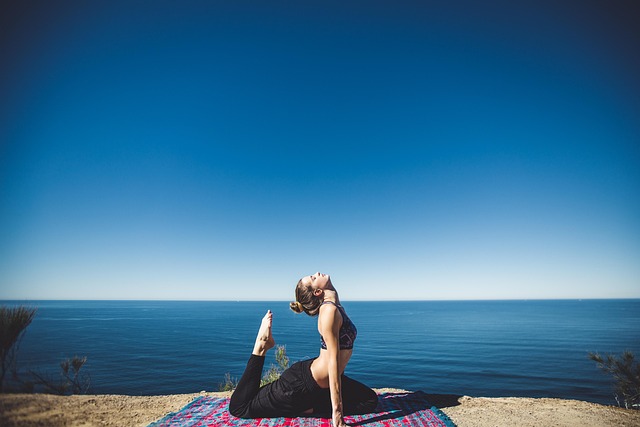
No, yoga is not a religion but a spiritual and physical practice that draws inspiration from Indian philosophy. It’s a common practice across various religions, emphasizing self-control and being present in the moment rather than adhering strictly to religious teachings.
How to Begin Yoga: Useful Advice
If you’re interested in trying yoga, here’s how to get started:
Look for local studios or online platforms like yoga with adriene or glo to find a class. Look for ‘yoga classes in my area’ or ‘online yoga lessons for beginners.’.
Select the appropriate style: begin with hatha or iyengar for a gentle introduction. Utilize resources such as yoga journal (yogajournal.Com) for style guides.
Allocate resources: invest in quality equipment such as a reliable yoga mat (e.g., liforme or manduka) and props like blocks or straps, which enhance the yoga practice. Check online or nearby stores for bargains.
Seek guidance from experienced instructors: follow the teachings of renowned yoga teachers like B.K.S. Iyengar through his books or adriene mishler’s YouTube channel for step-by-step instructions.
